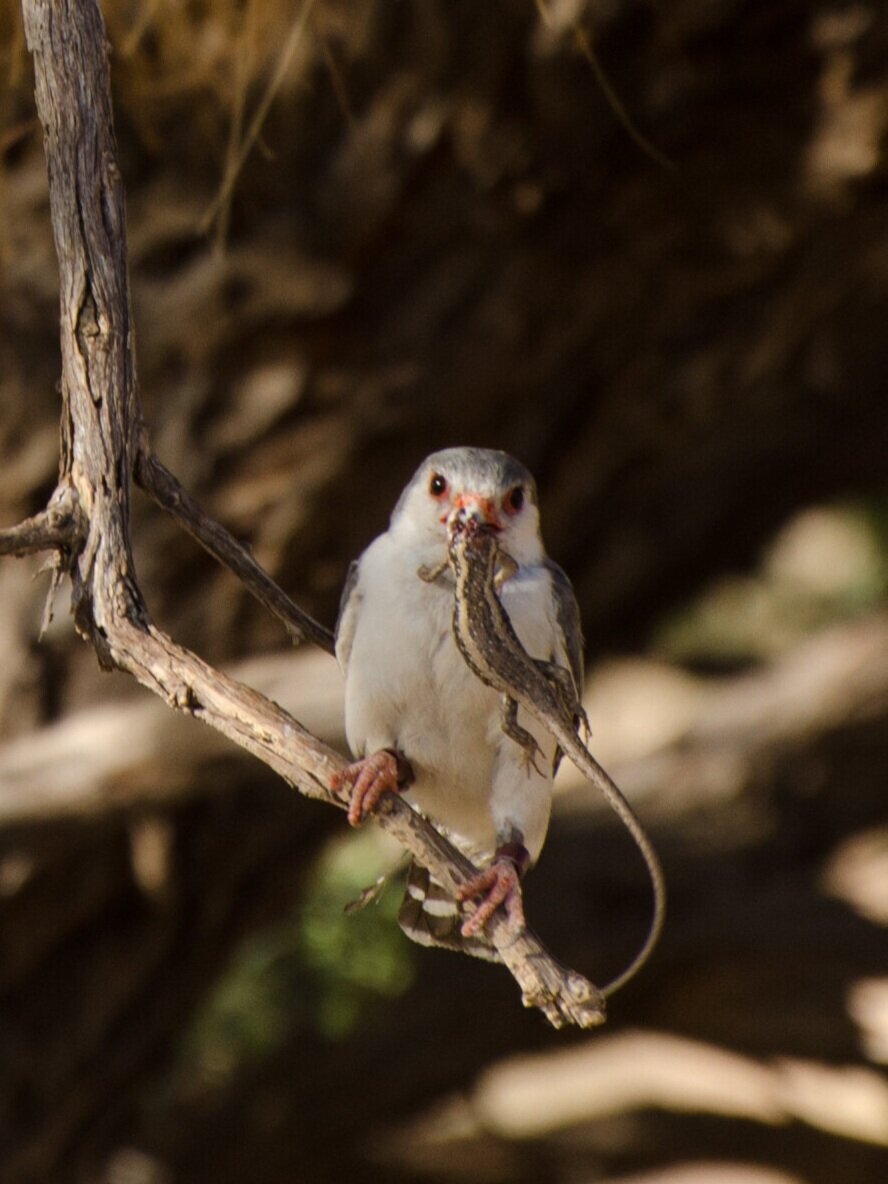

Does Singing Give Birds a Natural High?
Songbirds seem to enjoy singing. And while a great deal of research has investigated the development and production of birdsong, little is known about the motivation to sing. Now, new research teases out the relationship between singing, reward, and endogenous opioids in songbirds. The results suggest that studying songbirds can teach us about the shared neurobiological mechanisms underlying social reward in all vertebrates, humans included.
Read my most recent Animal Minds post: Does Singing Give Birds a Natural High?

Insights into Nursing and Weaning from Whale Teeth
A century of commercial whaling across the North Atlantic cut a swath through the population of northern bottlenose whales (Hyperoodon ampullatus). Now, samples collected from whaling expeditions are actually helping scientists learn more about these elusive animals and work towards their conservation.
Read the post at my Animal Minds blog: Insights into Nursing and Weaning from Whale Teeth.

Biometrics in Sports
Athletes—and the cadre of professionals who surround them—are always looking for an edge over their opponents. Advances in technology have now made a whole new class of information readily available to athletes, coaches, trainers, and even fans. It’s called biometrics, the science of measuring and analyzing data collected from the body, such as heart rate or hormone levels.
Read the whole story at IEEE Pulse: The Rise of Biometrics in Sports.

The Sharks That Hunt in Packs
At the southern end of Fakarava Atoll, a reserve in French Polynesia, is a narrow channel connecting the lagoon to the ocean. It is the hunting grounds of up to 900 reef sharks, including grey reef, whitetip reef, silvertip, and blacktip reef sharks.
Researchers studying this nearly pristine ecosystem recently documented a new phenomenon during their nighttime dives: The sharks hunt in packs.
Read the whole story at my Animal Minds blog: The Sharks That Hunt in Packs.

Skinks Avoid Danger by Eavesdropping on Bird Alarm Calls
The Kalahari tree skink gains a lot from associating with sociable weavers. These small birds build big communal nests that offer skinks increased opportunities for basking and foraging. However, weaver nests also house a major predator of skinks, the pygmy falcon. How do Kalahari tree skinks manage living next door to their predators? The answer appears to be by eavesdropping on their neighbors.
Read the whole story at my Animal Minds blog: Skinks Avoid Danger by Eavesdropping on Bird Alarm Calls.
